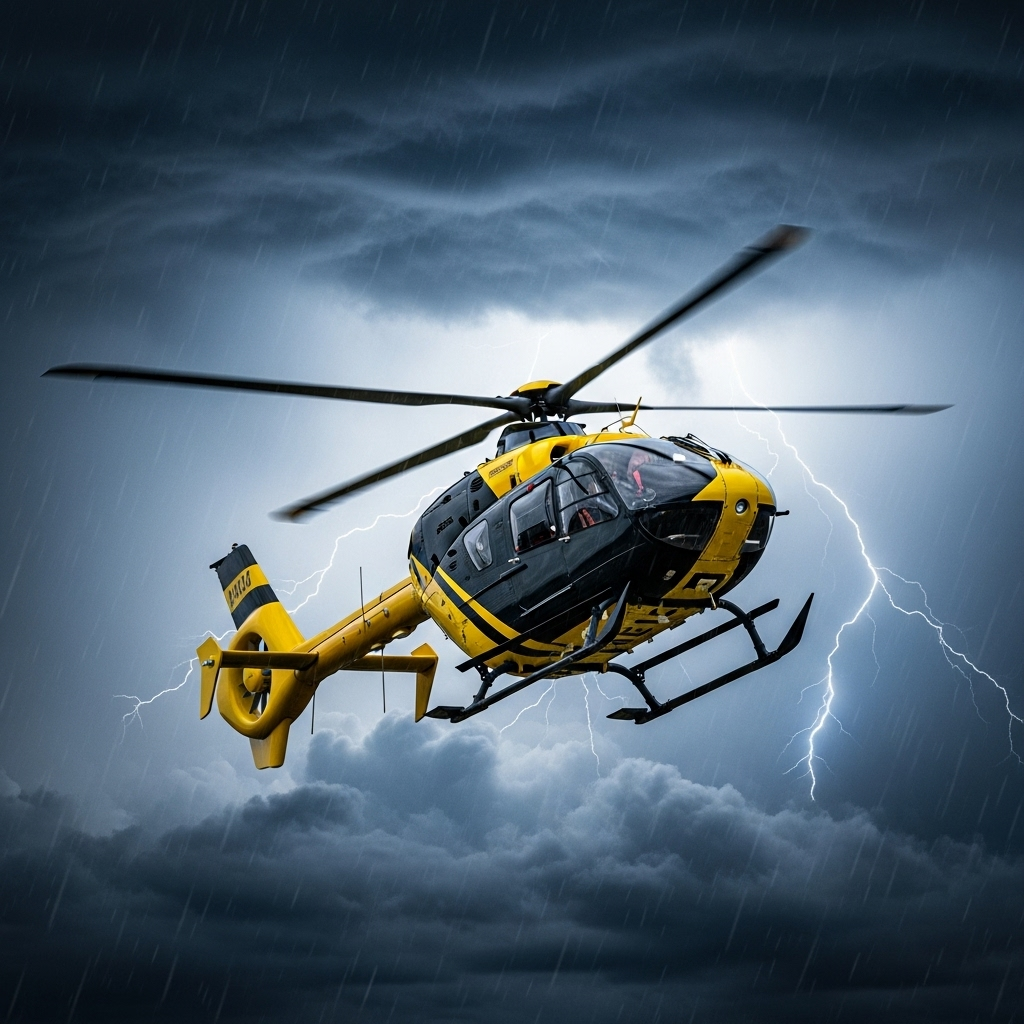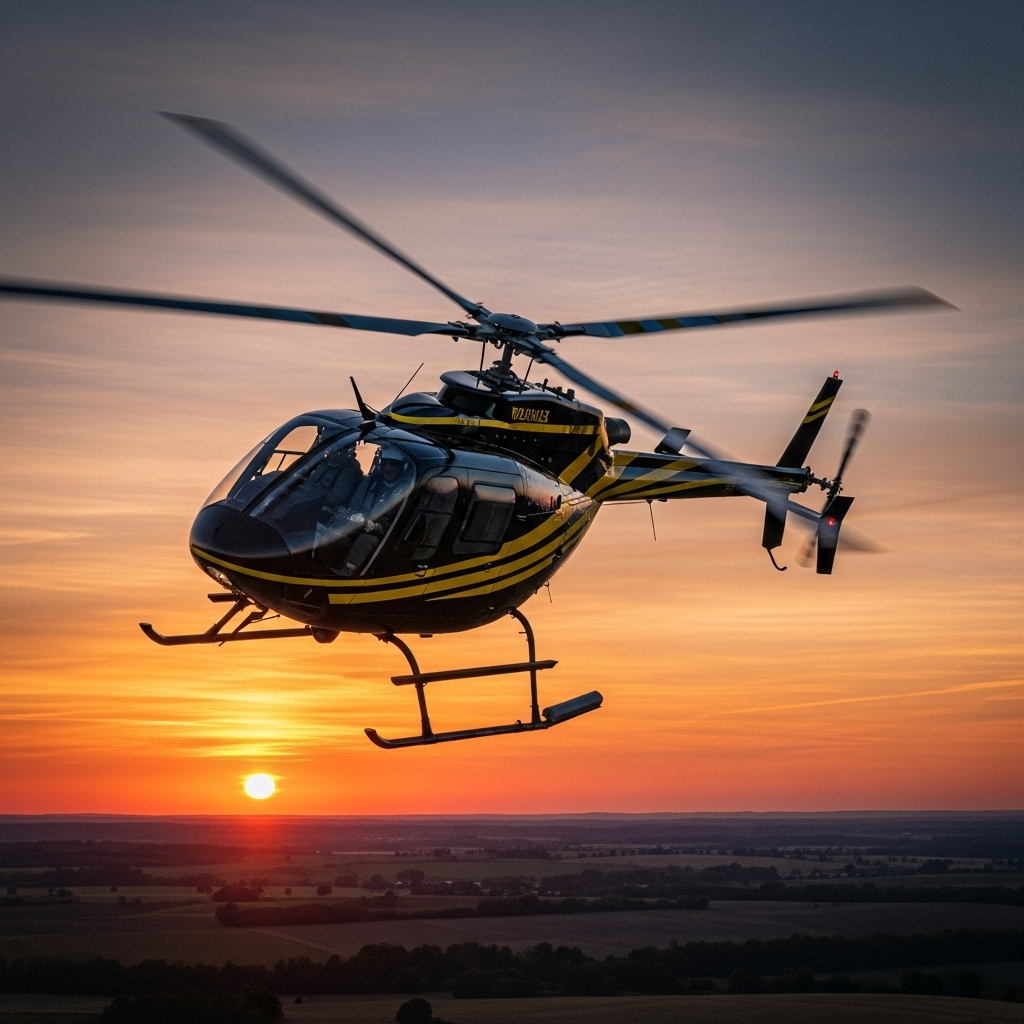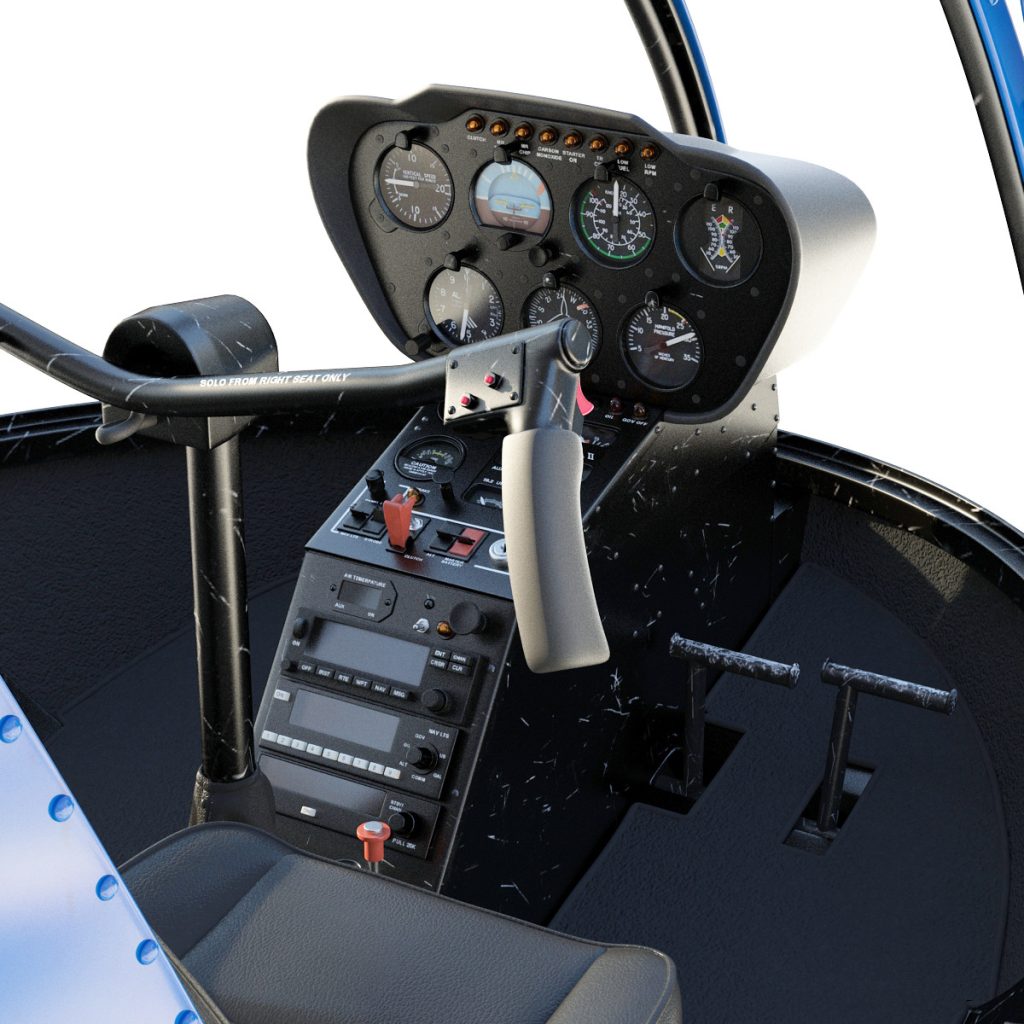Flying a helicopter offers a unique perspective and a versatile mode of transportation, but it also comes with specific challenges related to weather conditions. For beginners, understanding how weather influences helicopter performance is essential for safe and effective flight. This guide provides an overview of the fundamental interactions between weather and helicopter flight, highlighting key conditions to watch for and offering practical tips to prepare for weather-related challenges.
The Basics of Helicopter Flight and Weather Interactions
Helicopter flight relies on the generation of lift through rotating blades, which are sensitive to atmospheric conditions. Weather impacts helicopter performance primarily by affecting air density, wind patterns, and turbulence. For instance, changes in temperature and altitude influence air density, which in turn affects lift and engine performance. Wind can alter a helicopter’s stability and control, especially during takeoff and landing, while turbulence can cause unpredictable movements, challenging pilots to maintain steady flight. Understanding these basic interactions helps pilots anticipate how weather might affect their helicopter’s behavior and plan accordingly.
Key Weather Conditions Affecting Helicopter Performance
Several weather conditions can significantly impact helicopter operations. High winds, especially gusts and crosswinds, pose difficulties during takeoff, landing, and hovering, reducing control and increasing the risk of accidents. Precipitation, such as rain or snow, can decrease visibility and add weight to the aircraft, as well as create slippery surfaces on landing pads. Temperature extremes, particularly very hot or cold conditions, influence air density and engine performance, potentially limiting flight capabilities. Additionally, low cloud cover and fog reduce visibility, making navigation and altitude awareness more challenging. Recognizing these conditions allows pilots to assess whether flying is safe or if delays are necessary.
Recognizing Weather Patterns That Influence Flight Safety
Pilots must be vigilant in identifying weather patterns that could compromise safety. Rapidly developing thunderstorms, characterized by lightning, heavy rain, and strong gusts, can create hazardous flying conditions with turbulent air and lightning risks. Cloud formations such as towering cumulonimbus indicate storm activity and should be avoided. Wind shear, sudden changes in wind speed or direction, often occurs near weather fronts and can cause abrupt altitude or attitude changes. Additionally, fog and low clouds signal poor visibility, increasing the risk during critical phases of flight. By monitoring weather reports, radar, and visual cues, pilots can recognize these patterns early and make informed decisions to postpone or alter their flights.
Tips for Beginners: Preparing for Weather-Related Challenges
For novice helicopter pilots, preparation is key to managing weather-related challenges effectively. Always check detailed weather forecasts and real-time updates before flight, focusing on wind conditions, visibility, and storm activity. Develop a thorough understanding of your helicopter’s performance limits and avoid flying in conditions that exceed these parameters. Practice situational awareness by continuously observing weather changes during flight and being ready to execute go-around procedures or divert to safer landing sites if conditions deteriorate. Additionally, seek guidance from experienced instructors and utilize simulators to build confidence in handling adverse weather scenarios. Ultimately, prioritizing safety and staying informed are crucial steps in overcoming weather challenges as a beginner pilot.
Understanding the impact of weather on helicopter flight is fundamental for ensuring safety and efficiency. By grasping the basic interactions, recognizing key conditions, and preparing appropriately, beginners can navigate weather challenges with greater confidence. Continuous learning and vigilance will help aspiring pilots develop the skills necessary to adapt to changing atmospheric conditions and enjoy the freedom and versatility that helicopter flying offers.


